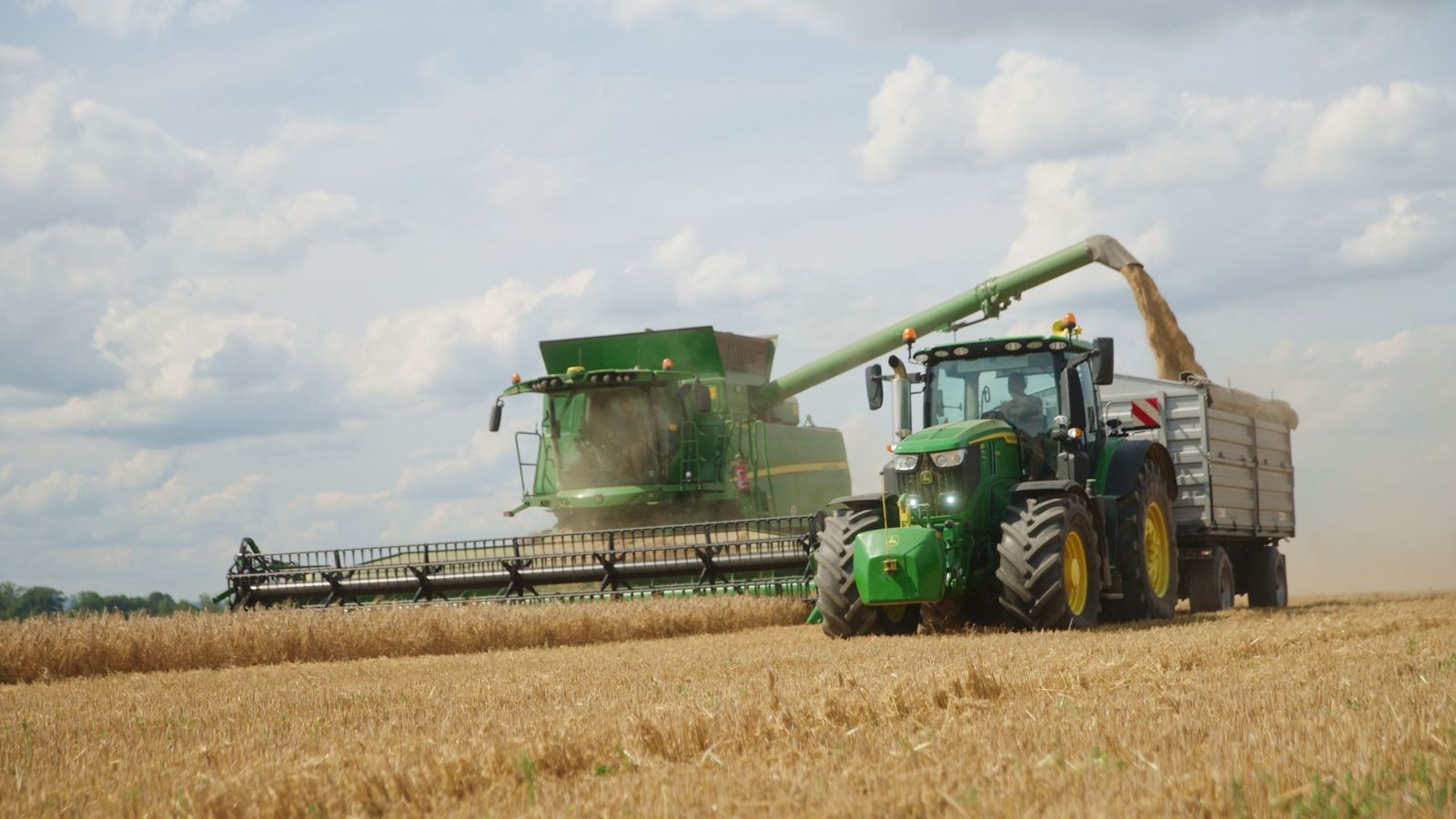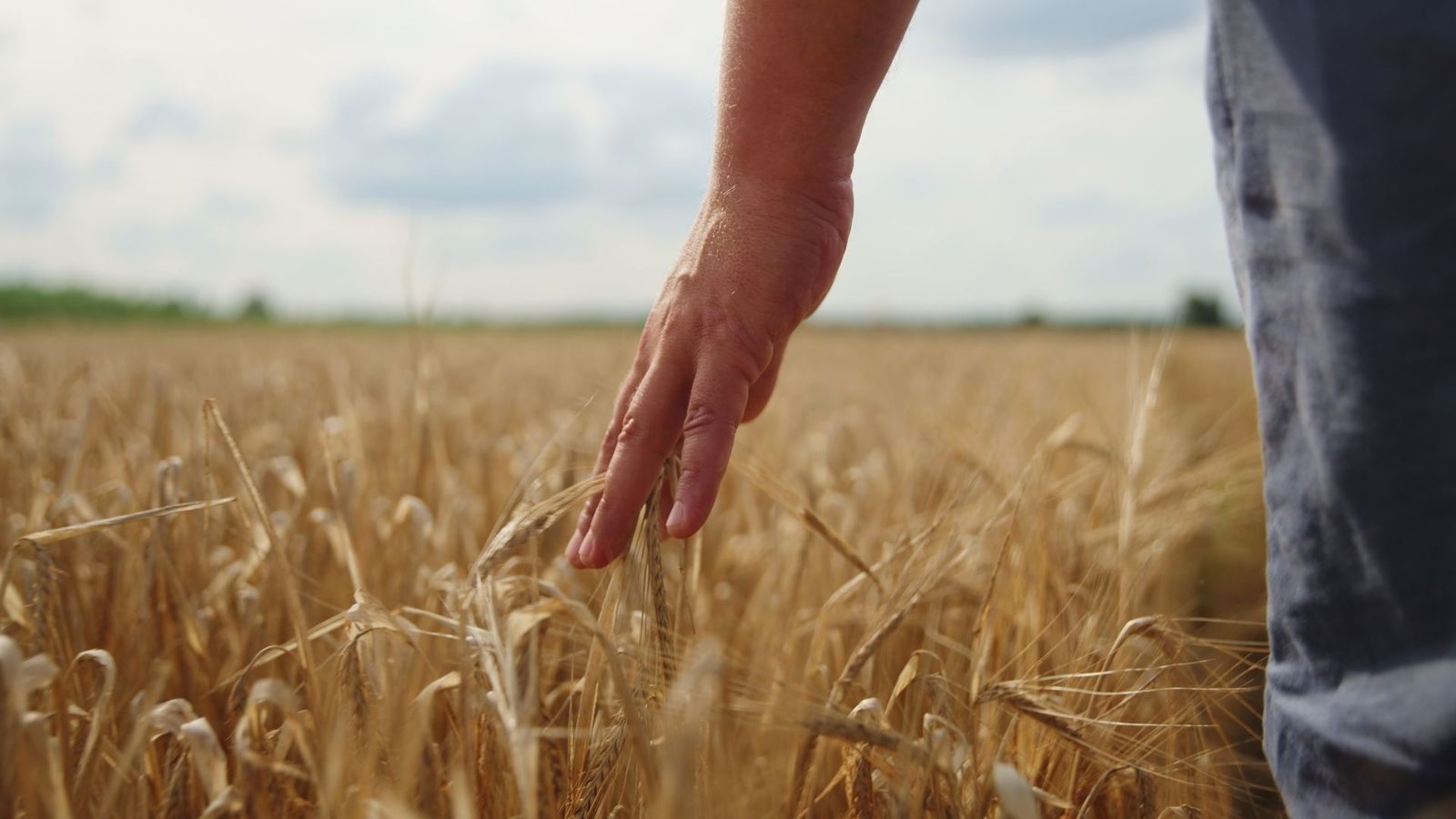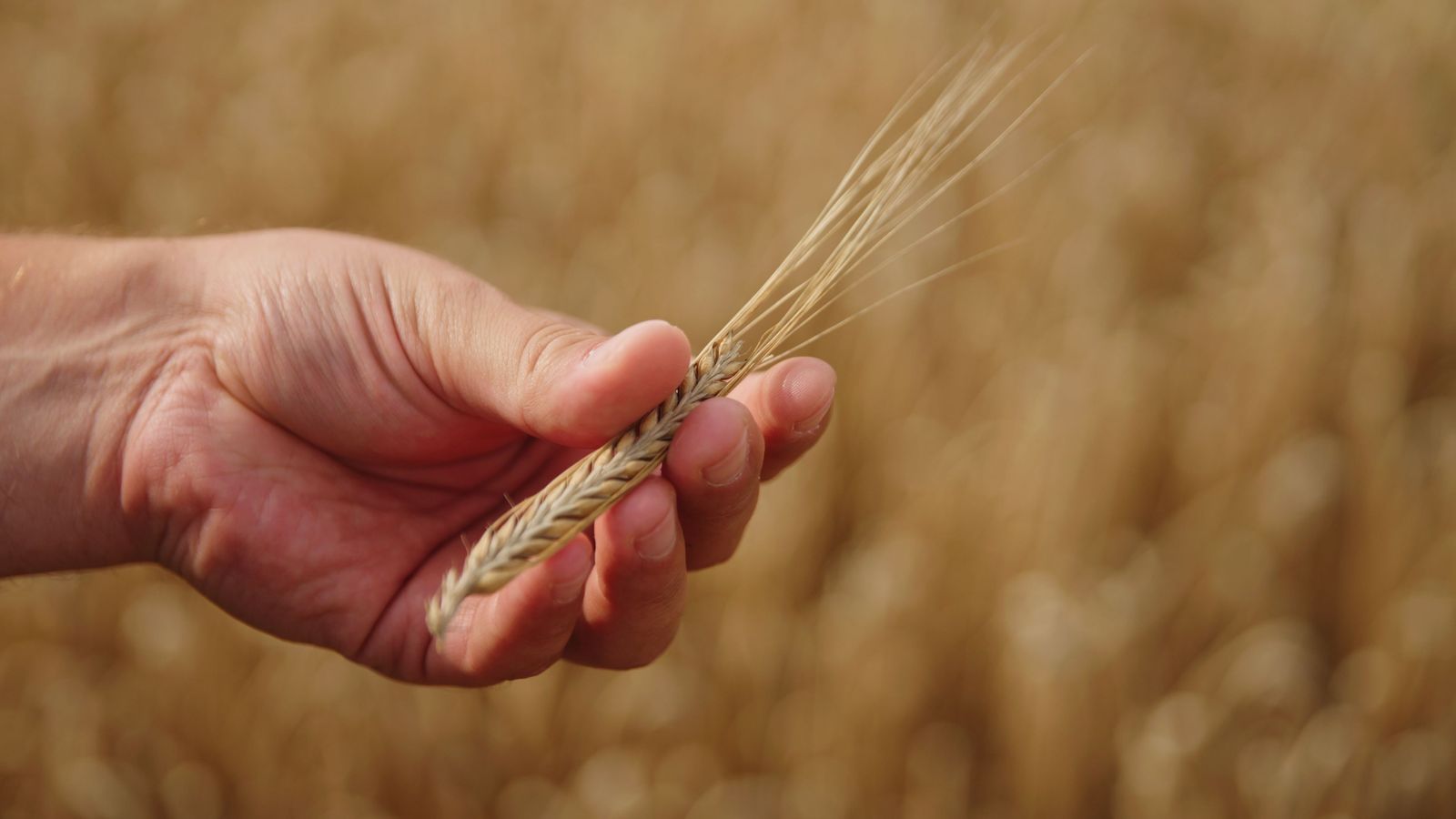The barley harvest has begun. Thanks to research, the crop in the Hradec Králové region has more moisture.

Hradec Králové, 30 July 2025 – Malting barley is currently being harvested in fields across the country. Combine harvesters have also rolled out onto fields near Hradec Králové, where scientists are searching for the future of this essential ingredient for Czech beer. As part of its Pro Ječmen (For Barley) scientific project, Plzeňský Prazdroj, together with universities and agricultural partners, is testing the benefits of regenerative agriculture for barley cultivation. In recent decades, barley has been threatened by significant weather fluctuations and climate change. However, thanks to new methods, it is possible to ensure that barley has more moisture in the soil than in fields using conventional cultivation methods, thereby gradually stabilising its yields.
Malting barley is an important crop for Czech agriculture. It is grown on more than 190,000 hectares, an area 11 times larger than the country's vineyards and 40 times larger than its hop fields. However, it is becoming a risky crop for farmers. If, after harvesting, it does not meet the high malting requirements, they are forced to sell it at a lower price for animal feed. With the increasing number of extreme weather fluctuations, this is becoming more common and it may no longer be profitable for farmers to continue growing it. Over the past 30 years, the area under spring barley cultivation has decreased by almost half.

That is why Prazdroj, together with the Czech University of Life Sciences, Mendel University, the JTZE agricultural group and other partners, is working to stabilise the quantity and quality of this essential raw material for Czech beer. For the third year in a row, the Pro Ječmen (For Barley) project is underway in domestic fields, based on a combination of regenerative farming practices and modern technologies. "The basis of the regenerative approach is the use of different types of cover crops, so that the field is never left bare. It is constantly sown or covered to protect it from erosion and to loosen the soil with the help of roots. We use cover crops that protect the soil between main crops and replenish its nutrients. At the same time, we treat the soil very gently and do not disturb it with deep ploughing," explains Jakub Zaoral, Sustainability Manager at Plzeňský Prazdroj.
This year, as part of the Pro Ječmen (For Barley) project, raw material for brewing malt was grown on two 12-hectare fields near Smržov near Hradec Králové. Barley is grown conventionally on one field, while a regenerative method is being tested on the other. "I am surprised at how well crops sown in unprocessed soil are doing. Although they tend to start more slowly, they often catch up with conventionally sown crops in the later stages of the season. During last season, we also observed that directly sown barley had more soil moisture available during the dry period," says JTZE agronomist Tomáš Sojka.

Last year, silage maize was harvested on a regenerative field with barley in Smržov. The area was then sown with cover crops – buckwheat and mustard. "This spring, we sowed barley into the cover crop residues. And the field will not remain bare even after this year's harvest. We will sow another cover crop directly into the stubble," says Tomáš Sojka. Especially in drier periods, it is clear that regenerative areas have more moisture than areas with conventional cultivation. Permanently sown fields absorb water better and, thanks to the plant cover, also evaporate it more slowly. Scientists from the TGM Water Research Institute have calculated that, thanks to reduced evaporation and higher soil retention capacity, up to 58,339,000 litres of water can be retained on the regeneratively farmed areas of the Pro Ječmen project, i.e. approximately 535,000 litres per hectare.
"If the regenerative approach to barley cultivation proves successful, which we will know in about 2-3 years, we would like to offer it to other growers. Then, theoretically, when converted to the total area of 30,000 hectares of fields from which we purchase malting barley, this would mean more than 16 million cubic metres of water that we would help retain in the soil. To put that into perspective, that is the volume of 6,400 Olympic swimming pools or 2.5 times the water in the largest Czech pond, Rožmberk," adds Jakub Zaoral.
In addition to the Hradec Králové region, Prazdroj is testing regenerative practices together with farmers in two other locations: in the Vysočina region and in central Bohemia. The total area of fields covered by the Pro Ječmen project is 216 hectares, which is equivalent to more than 300 football pitches. In each location, approximately half of the area is being worked with regenerative techniques and the other half is being farmed conventionally. This ensures a direct comparison of the effects of both approaches. In the coming days, barley will begin to be harvested from the fields of the Czech University of Agriculture in Červený Újezd near Prague, and then work will move to the Vysočina region.